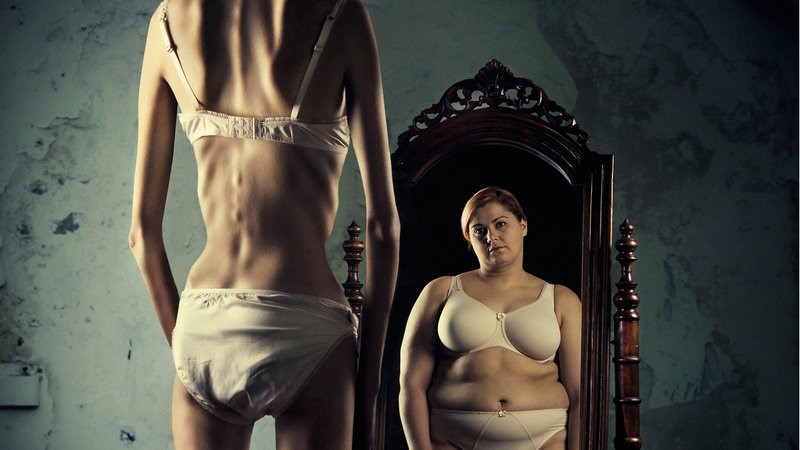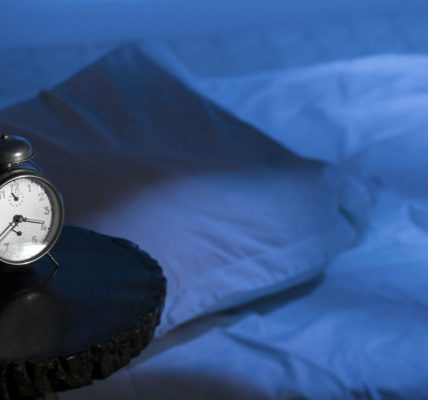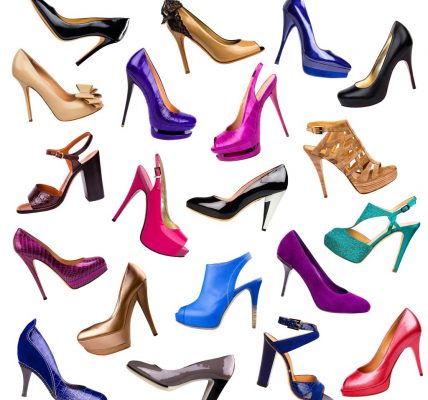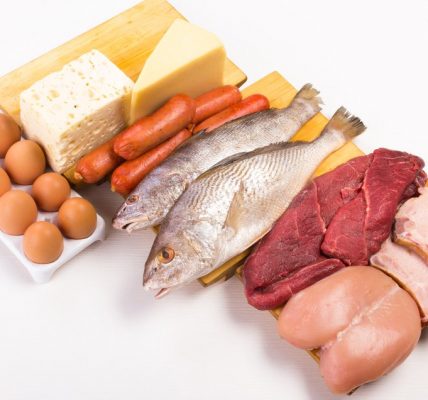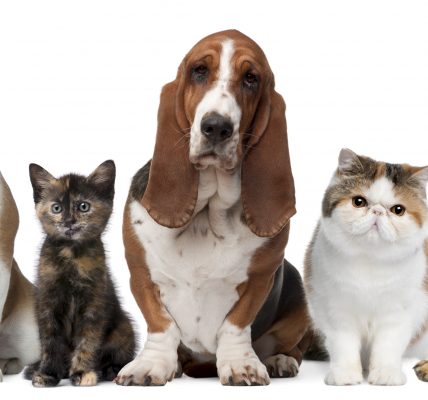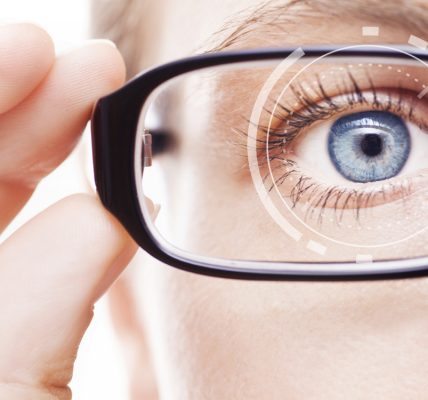With the increasingly prevalent image of emaciated models and impossibly skinny celebrities, it’s no surprise many young women today develop unrealistic ideals about their bodies. Eating disorders do not exclusively affect women, though a high percentage of those afflicted with the psychiatric disorder are female.
Eating disorders can be classified into three general categories: anorexia nervosa, bulimia nervosa, and binge eating disorder. Anorexia nervosa is characterized by extremely restricted food intake and an unreasonable fear of weight gain, while bulimia nervosa is marked by alternating episodes of out-of-control eating and subsequent purging of the food through methods such as laxatives and self-induced vomiting. Binge eating disorder is different from the previous two categories, and is associated with excessive eating without the obsessiveness with weight loss. A fourth category, EDNOS, or eating disorder not otherwise specified, refers to those with symptoms that don’t fall precisely into any one category of disordered eating.
According to the National Association of Anorexia Nervosa and Associated Disorders, a staggering 25% of college-aged women have at some point engaged in binging and purging as a means for weight loss. 95% of those who suffer from eating disorders fall in between the ages of 12 and 25 years old, making anorexia one of the most common illnesses that afflict this age group. With a mortality rate of 20%, anorexia causes twelve times as many deaths as any other cause of death for females between the ages of 15 and 24 years old.
What the average person likely doesn’t know about eating disorders is that with the convenience and accessibility of the Internet, many victims of eating disorders have formed online communities as a source of motivation and support for their unhealthy modes of weight loss. Many of these online communities refer to themselves collectively as “pro-ana” or “pro-mia”, referring to the endorsement of anorexia nervosa and bulimia nervosa. In certain cases, the dreadful condition itself is personified as a girl named Ana.
Many of these online communities feature “thinspiration,” or pictures and videos of extremely thin women, models, and celebrities. These images often spotlight physical characteristics such as protruding collarbones and hipbones, glorifying the emaciated, skeletal body type that anorexics aspire to achieve. In addition, many of these sites also promote crash dieting tips, give advice on concealing unhealthy weight loss habits from doctors, friends, and family, and provide means of sharing weight loss success stories and mutual motivation.
Approximately 50% of those who suffer from eating disorders also have symptoms that qualify them as clinically depressed individuals, suggesting the presence of underlying emotional and psychological issues. Many of these young women are socially isolated, and the sense of unity and identity these online pro-ana communities give them often exacerbate their condition, making recovery even more difficult.
The online presence of pro-ana and pro-mia communities has increased dramatically in the past several years, even prompting legislative action in countries such as the United Kingdom. In this day and age, eating disorders have become increasingly widespread as more and more young women develop rather distorted perceptions of their own body images. Behavior such as an irrational fear of weight gain, refusal to eat in public or in front of others, compulsive exercise, extremely limited food intake, depressed mood, and social withdrawal may be symptomatic of an eating disorder. If you suspect that someone you know has an eating disorder, please seek help from a counselor or another professional immediately.
Article by Katherine Wei
Feature Image Source: Keep Naturally
